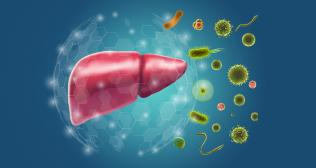
Types of liver transplantation by Dr. Kishore GSB
There are two primary types:
Living Donor Liver Transplantation: In this method, a near relative donates a portion of their liver to a family member in need of a transplant. The advantage here is that the transplant can be scheduled at our convenience after a thorough evaluation of the donor.
Cadaveric or Deceased Donor Liver Transplantation: This involves receiving a liver from a deceased person, and it's done purely based on altruistic motives. The family members of a brain-dead person donate the organs to someone in need. The timing in this case is unpredictable.
Post-Transplant care:
Post-transplant liver care, it's heartening to know that patients can resume a nearly normal diet post-surgery. However, it's crucial to maintain a healthy diet, avoiding excessive fatty or greasy foods that can contribute to weight gain. Since post-transplant patients are on multiple medications, it's essential to be cautious about weight gain, as the new transplant liver can also develop fatty changes.
Strict adherence to the prescribed medications is vital. Immunosuppressive medications are crucial to protect the liver and prevent rejection. This is a lifelong commitment requiring regular follow-ups. Following up is key in preventing problems, and even if issues arise, early detection and management can make a significant difference. Remember, lifelong care is essential for a successful liver transplantation journey.
Article By
Categories
Clear allMeet the doctor

- Organ Transplant | Liver Transplant
- Liver Transplant and Hepatobiliary Sciences | Liver Transplant and Hepatobiliary Sciences
-
17 Years
-
1050











